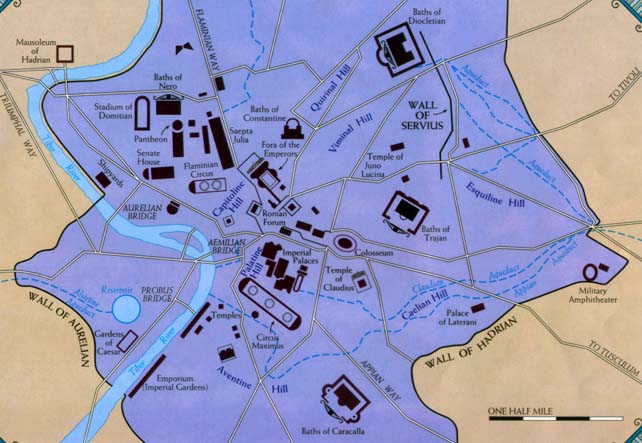

Globalization is in the midst of a transformation. Three factors explain these changes: growing demand in China and the rest of the developing world, which enables these countries to consume more of what they produce the growth of more comprehensive domestic supply chains in those countries, which has reduced their reliance on imports of intermediate goods and the impact of new technologies. Contrary to popular perception, only about 18 percent of global goods trade is now driven by labor-cost arbitrage. Low-skill labor is becoming less important as factor of production. In addition, all global value chains are becoming more knowledge-intensive. Using alternative measures, we find that services already constitute more value in global trade than goods. Not only is trade in services growing faster than trade in goods, but services are creating value far beyond what national accounts measure.

Flows of services and data now play a much bigger role in tying the global economy together. Although output and trade continue to increase in absolute terms, trade intensity (that is, the share of output that is traded) is declining within almost every goods-producing value chain.


 0 kommentar(er)
0 kommentar(er)
